In modern building, automation and artificial intelligence (AI) are changing how we build things. We’re also talking about better ways for different groups to work together to cut emissions to zero. This discussion is focused on embodied carbon and aims to help people understand it better and take action to make a difference.
- The significance of embodied carbon in sustainable construction
- Understanding embodied carbon
- The urgency to reduce embodied carbon
- Innovative technologies reducing embodied carbon
- Automation and efficiency
- AI’s role in sustainable design
- Digital transformation in construction for embodied carbon reduction
- Enhancing project coordination with digital tools
- Leadership and collaboration towards net zero emissions
- Embracing leadership in sustainability initiatives
- Fostering industry-wide collaboration
- Sustainable building design awards and recognitions
- The role of environmental performance awards
- Influencing future-ready buildings through recognition
- FAQs in relation to embodied carbon
- What is meant by embodied carbon?
- What is embodied carbon?
- What’s the difference between carbon footprint and embodied carbon?
- What are the three largest sources of embodied carbon in buildings?
The significance of embodied carbon in sustainable construction
Understanding embodied carbon
In sustainable building, embodied carbon is a big challenge but also a chance for eco-friendly ideas. It’s about all the CO2 emissions from making, transporting, using and getting rid of building materials. Since buildings affect climate change, dealing with embodied carbon is crucial for making future projects greener.
The urgency to reduce embodied carbon
Reducing embodied carbon in construction is really important right now. With more people trying to fight climate change, we need clever solutions to cut emissions. Automation and AI are key. Tools like Dynamo make complex tasks easier, and machine learning helps find problems early, which cuts waste and makes better use of resources.
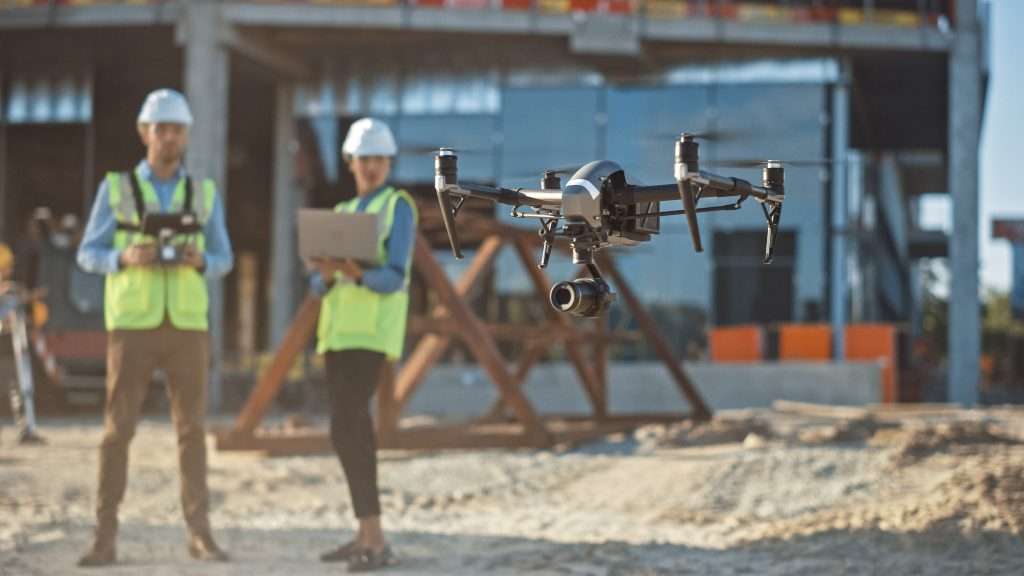
Innovative technologies reducing embodied carbon
Automation and efficiency
Automation is making a substantial difference in construction by cutting down on embodied carbon. Visual programming software like Dynamo and Python automate complex design tasks, saving time and reducing mistakes. By using these tools, architects and engineers can choose materials that are both durable and low-carbon.
Meanwhile, drones are also helping by gathering site information without needing people to travel, which cuts down on emissions. These advancements are vital for reducing the carbon footprint of construction projects overall.
AI’s role in sustainable design
AI is making sustainable design smarter by predicting and preventing inefficiencies in building projects. It helps engineers and producers refine their approaches based on accurate predictions about material performance. This strategic use of AI reduces energy use during construction and carbon emissions over a building’s life, thanks to advanced analysis and decision-making early in the design process.
Incorporating AI into sustainability efforts is part of the industry’s move towards reducing carbon emissions and meeting global net zero goals.
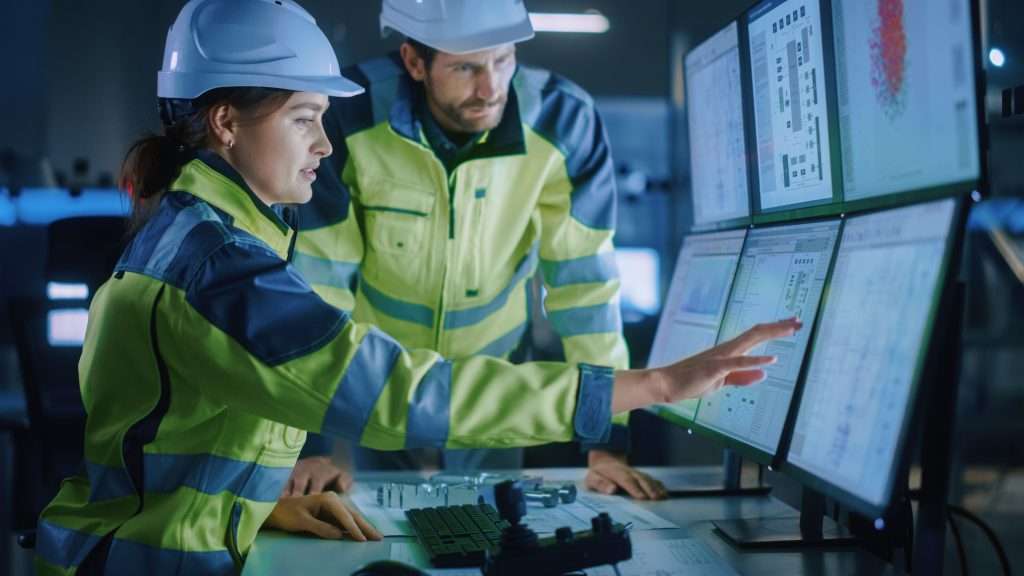
Digital transformation in construction for embodied carbon reduction
Using digital tools like BIM is really important too. They help coordinate projects better, which means we use less material and produce less waste on site. This digital change not only helps the environment but also makes construction projects run more smoothly.
Enhancing project coordination with digital tools
Digital transformation, using tools like BIM models and data visualisation, is making a significant difference in managing construction projects and cutting their carbon footprint.
Building Information Modelling (BIM) is crucial for improving teamwork and efficiency. BIM creates a digital copy of a project, helping teams spot problems before they start building. This saves waste and reduces emissions from making materials like cement, a source of CO2.
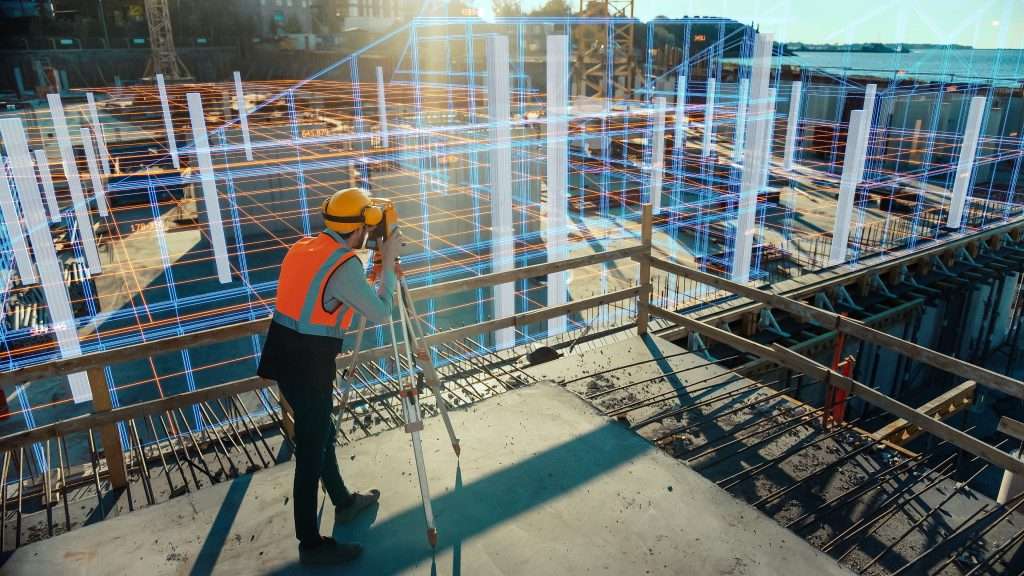
Leadership and collaboration towards net zero emissions
Getting to net zero emissions in construction isn’t just about using new tech or making individual improvements. It needs everyone in the industry, from company bosses to workers, to focus on cutting carbon at every stage and throughout the life of materials. We can only reach net zero emissions if we all work together and make changes together.
Embracing leadership in sustainability initiatives
Having strong leaders is really important for setting and reaching ambitious sustainability goals. They need to promote green practices in their companies and encourage innovation. This might mean making decisions like investing in BIM models, which help coordinate projects and cut the carbon footprint of traditional building methods.
Fostering industry-wide collaboration
Getting to net zero emissions is too much for one group alone. It needs everyone in the construction world to use their knowledge, resources and new ideas better. This teamwork isn’t just about sharing information, it’s about creating standards for accurately measuring embodied carbon in building materials at every stage. It’s also about setting goals that everyone can aim for and see how well they’re doing.
Sustainable building design awards and recognitions
Giving awards and recognition to companies leading the way in sustainable building is important. It shows they’re doing innovative things to cut carbon emissions during a building’s life. These awards aren’t just about saying well done for what’s already been done; they also set standards for future buildings to be even better for the environment.
The role of environmental performance awards
Winning awards, such as the BIA’s Most Innovative Consultancy, shows that Waldeck is leading the way in making construction more sustainable. We are committed to finding new ways to help the environment.
Also, frameworks like BREEAM new construction standards are vital. They give a set of rules for assessing and improving projects so that they’re not just sustainable but even better than expected.
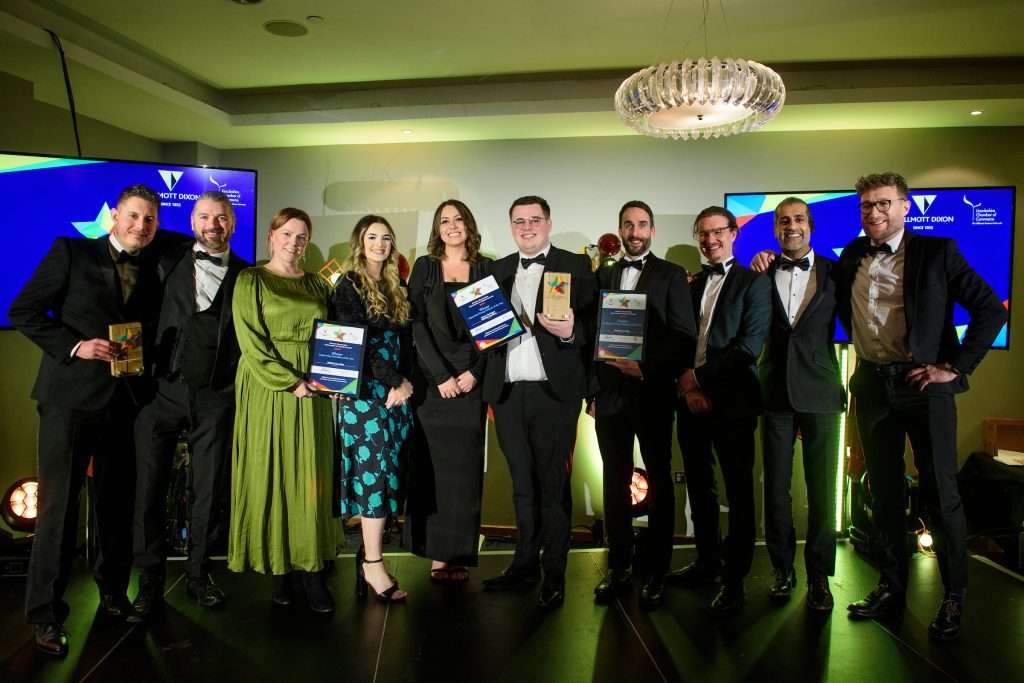

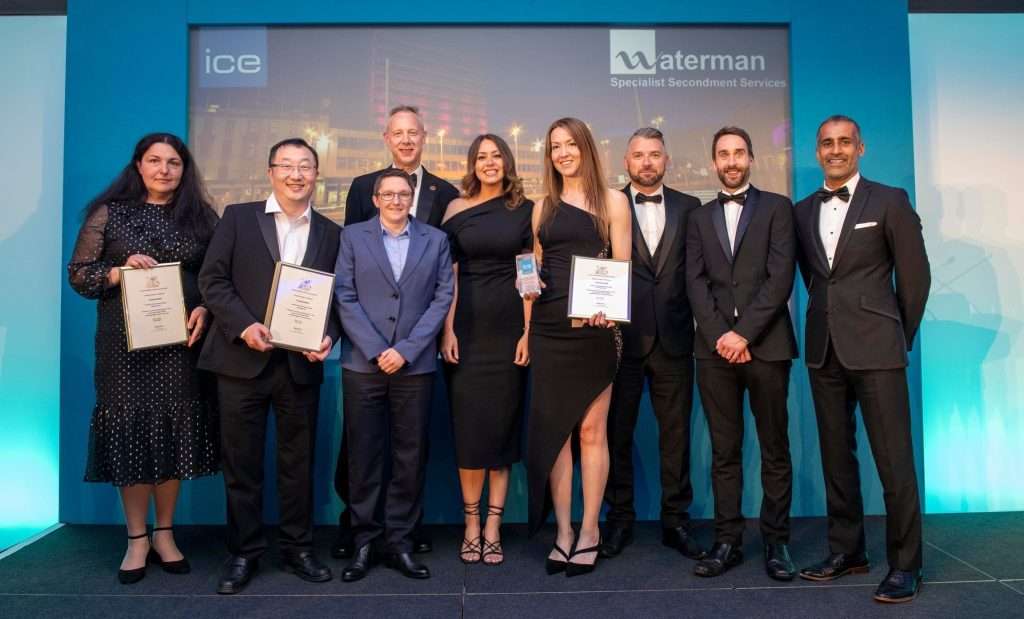
Influencing future-ready buildings through recognition
Getting prestigious awards isn’t just a pat on the back. It sets standards for what’s seen as excellent in eco-friendly building. It inspires others to aim for the same high standards, pushing everyone to do even more for the environment in construction.
FAQs in relation to embodied carbon
Embodied carbon refers to the total CO2 emissions from producing, transporting and installing building materials. It’s key for green construction.
Think of it as the upfront climate cost of making a building – all of the CO2 pumped out before you even move in.
A building’s carbon footprint includes all of its emissions over time. Embodied carbon specifically looks at emissions before use starts.
Concrete, steel and aluminium are heavy hitters in emitting CO2 during production phases.